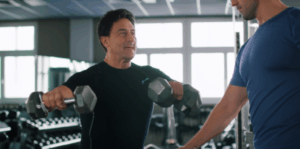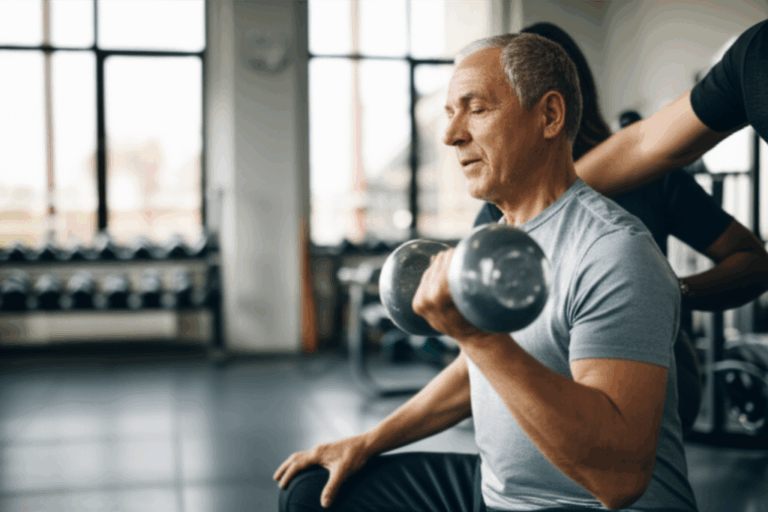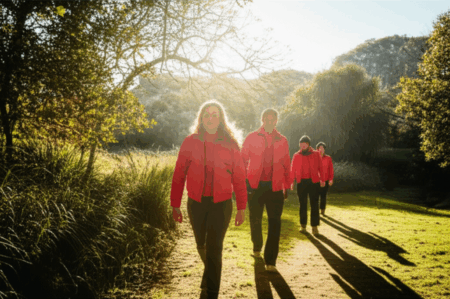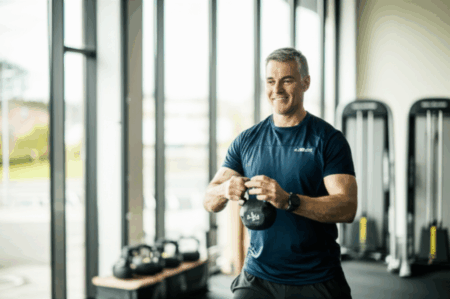As we age, our bodies naturally undergo changes, including a decline in muscle mass (sarcopenia) and bone density, which can lead to reduced strength, balance issues, and an increased risk of falls and fractures. However, these changes are not inevitable. Engaging in a consistent, expert-approved fitness routine can significantly combat these effects, helping you maintain independence, improve functional abilities, and boost overall vitality well into your golden years.
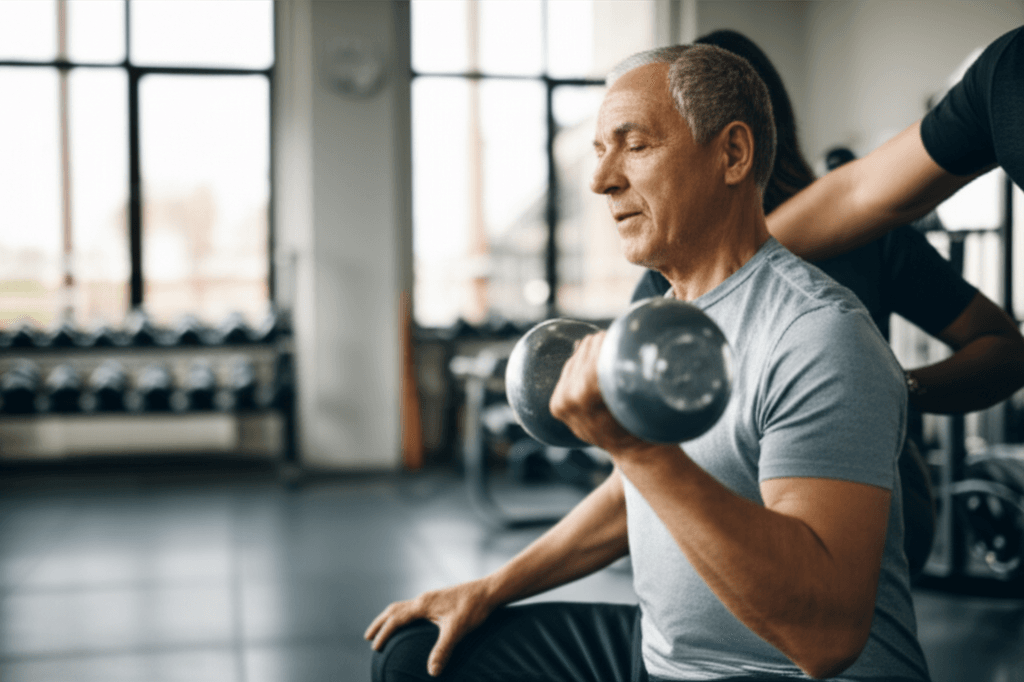
The Power of Strength Training for Older Adults
Strength training, also known as resistance training, is widely recognized by health experts for its profound benefits in older adults. It involves working your muscles against resistance, such as your body weight, resistance bands, or light weights. The advantages extend far beyond mere muscle building:
- Combats Muscle Loss (Sarcopenia): Regular strength training helps to build and preserve existing muscle mass, which naturally decreases with age. This directly translates to improved physical function and the ability to perform daily tasks like climbing stairs or lifting groceries with ease.
- Boosts Bone Density: Weight-bearing exercises, which are a key component of strength training, stimulate bone growth and can increase bone density, significantly reducing the risk of osteoporosis and debilitating fractures.
- Enhances Balance and Coordination: Stronger muscles provide better support for your joints and improve your overall stability, thereby reducing the risk of falls, which are a leading cause of injury for people over 65.
- Improves Overall Health and Well-being: Beyond physical strength, resistance training contributes to improved metabolism, better blood sugar control, reduced risk of chronic diseases like heart disease and type 2 diabetes, enhanced sleep quality, and decreased levels of depression and anxiety.
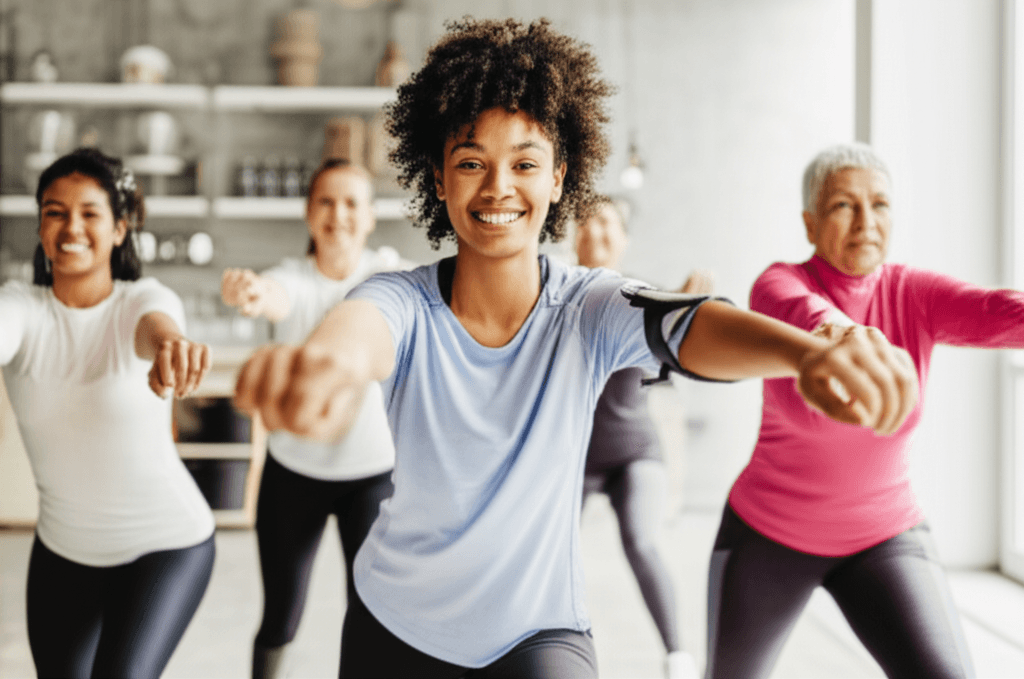
Expert Recommendations: Building Your Routine
The U.S. Department of Health and Human Services (HHS) and the Centers for Disease Control and Prevention (CDC) recommend that older adults engage in muscle-strengthening activities at least twice a week on non-consecutive days. Consistency is paramount; even short, regular routines can make a significant difference.
Frequency and Duration
Aim for at least two, and ideally three, strength training sessions per week, allowing at least one day of rest between sessions for muscle recovery. Workouts can be efficient, often lasting just 20 to 30 minutes.
Progressive Overload: The Key to Continued Progress
To see continued improvements in strength and bone density, it’s essential to gradually increase the challenge of your workouts as you get stronger. This is known as “progressive overload.” You can achieve this by:
- Increasing the weight or resistance used.
- Performing more repetitions per set (e.g., working up to 10-15 reps).
- Adding more sets per exercise (e.g., 2-3 sets).
- Increasing the frequency of your workouts within recommended guidelines.
Focus on Proper Form
Proper form is crucial to prevent injury and maximize effectiveness. If you’re new to strength training or returning after a break, consider working with a certified personal trainer for one or two sessions to learn correct techniques. Always listen to your body and avoid movements that cause sharp pain.
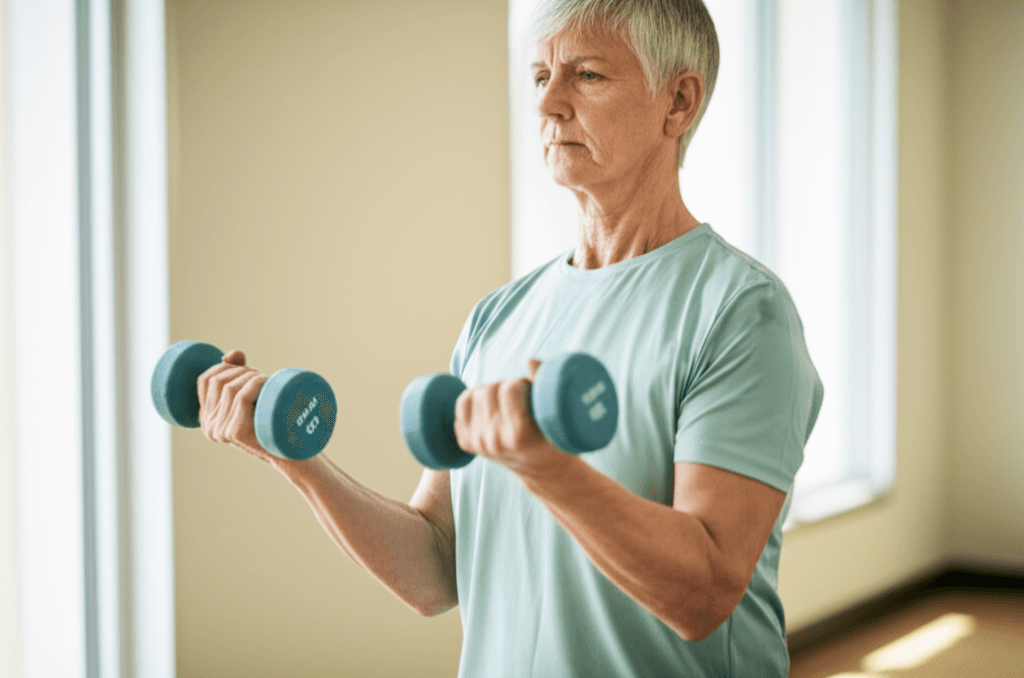
Essential Exercises for Bone and Muscle Strength
This routine incorporates bodyweight and optional light resistance exercises that target major muscle groups and promote bone health. Remember to warm up with light cardio (e.g., marching in place) for 5-10 minutes before starting, and cool down with gentle stretches afterward.
Lower Body Strength & Bone Building
Many of these exercises are “weight-bearing,” meaning they make you move against gravity while standing, which is excellent for stimulating bone growth.
Chair Stand-Ups (Modified Squats):
- Benefit: Strengthens legs, glutes, and hips; improves balance and supports bone health, crucial for functional movements like getting out of a chair.
- How to: Sit on a sturdy chair with your feet flat on the floor, hip-width apart. Cross your arms over your chest or extend them forward for balance. Slowly push through your heels to stand up, engaging your glutes and legs. Control the movement as you slowly lower back down to the chair, barely touching it before standing again.
- Reps/Sets: Aim for 10-15 repetitions for 2-3 sets.
- Progression: As it gets easier, try without using your arms, or hold light dumbbells.
Heel Raises (Calf Raises):
- Benefit: Strengthens calf muscles, improves ankle stability, and aids balance.
- How to: Stand tall, holding onto a sturdy chair or wall for balance if needed. Lift both heels off the ground, rising onto the balls of your feet. Hold briefly at the top, then slowly lower your heels back down.
- Reps/Sets: 10-15 repetitions for 2-3 sets.
- Progression: Try single-leg heel raises or hold light weights.
Glute Bridge:
- Benefit: Strengthens glutes and hamstrings, supports lower back.
- How to: Lie on your back with knees bent, feet flat on the floor, hip-width apart, and arms by your sides. Engage your core and glutes, then lift your hips off the floor until your body forms a straight line from shoulders to knees. Hold briefly, then slowly lower back down.
- Reps/Sets: 10-15 repetitions for 2-3 sets.
Upper Body Strength
Wall Push-Ups (Incline Push-Ups):
- Benefit: Builds upper body strength in the chest, shoulders, and triceps; safer alternative to floor push-ups.
- How to: Stand an arm’s length from a wall, feet shoulder-width apart. Place your hands flat on the wall, slightly wider than shoulder-width and in line with your shoulders. Keep your body straight (like a plank) and bend your elbows to slowly lower your chest towards the wall. Push back to the starting position.
- Reps/Sets: 10-15 repetitions for 2-3 sets.
- Progression: Increase difficulty by stepping further away from the wall or using a lower surface like a countertop or sturdy table.
Resistance Band Rows (or Dumbbell Rows):
- Benefit: Strengthens muscles in the back, shoulders, and biceps, improving posture and functional movements like opening doors or lifting groceries.
- How to (Resistance Band): Sit with legs extended, placing the center of a resistance band securely behind the arches of your feet. Hold the ends of the band with both hands, arms extended, palms facing each other. Sit tall, pull your shoulder blades down and back, and bend at the elbows to pull the band towards your core. Keep elbows close to your body. Slowly reverse the movement.
- How to (Dumbbells): Stand or sit, holding a dumbbell in each hand, palms facing your body. Hinge slightly at the hips, keeping your back straight. Pull the dumbbells towards your chest, squeezing your shoulder blades together. Slowly lower.
- Reps/Sets: 10-15 repetitions for 2-3 sets.
Biceps Curls:
- Benefit: Strengthens biceps.
- How to: Stand or sit, holding a light dumbbell (1-5 lbs) in each hand, palms facing forward. Keep your elbows close to your sides. Slowly curl the weights up towards your shoulders, squeezing your biceps. Control the movement as you lower the weights back down.
- Reps/Sets: 8-12 repetitions for 2 sets.
Core Strength & Balance
Abdominal Contractions (or Dead Bug):
- Benefit: Strengthens core muscles, crucial for stability and preventing lower back discomfort.
- How to (Contractions): Lie on your back with knees bent, feet flat. Place hands by your head or sides. Take a deep breath and tighten your abdominal muscles, pulling your navel towards your spine. Hold for 3 breaths, then release.
- How to (Dead Bug, Beginner): Lie on your back, knees bent at 90 degrees, shins parallel to the floor (as if resting feet on a chair). Keep your lower back flat against the floor, engaging your core. Slowly extend one leg towards the floor without letting your lower back arch. Return to start and repeat with the other leg.
- Reps/Sets: 10 repetitions for 2-3 sets for contractions; 10-30 second holds for 3-5 sets for dead bug.
Standing on One Leg:
- Benefit: Directly improves balance and leg strength, vital for fall prevention.
- How to: Stand with feet hip-width apart, holding onto a sturdy chair or counter for support initially. Lift one foot off the floor, bending at the knee. Hold for 10-30 seconds. Return to the starting position and repeat with the opposite leg.
- Reps/Sets: Aim for 3 repetitions on each leg, holding for increasing durations.

The Role of Nutrition in Bone and Muscle Health
Exercise is only one part of the equation. To truly keep your bones and muscles strong, especially after 60, a nutrient-rich diet is essential.
- Protein: Protein is critical for maintaining and building muscle mass, and it also plays a vital role in bone health. Older adults may benefit from a slightly higher protein intake than the standard recommended dietary allowance. Good sources include lean meats, fish, eggs, dairy products (yogurt, cheese), beans, lentils, tofu, and tempeh.
- Calcium: The cornerstone of healthy bones and teeth. Excellent sources include dairy products, leafy green vegetables (kale, collard greens, spinach), and calcium-fortified foods like certain cereals and juices.
- Vitamin D: Essential for calcium absorption, allowing your body to effectively utilize the calcium you consume for bone health. Your body produces Vitamin D from sun exposure, but many older adults may not get enough, especially during winter months. Fatty fish (salmon, mackerel), fortified foods, and supplements are good sources.
- Magnesium: This mineral is crucial for osteoporosis prevention and helps move calcium into your bones. Almonds are a great source.
- Vitamin K: Works by directing calcium straight into your bones, ensuring it’s deposited where it’s needed most. Leafy greens, broccoli, and Brussels sprouts are rich in Vitamin K.
- Vitamin C: Supports bone flexibility and strength by aiding in the production of collagen, a key protein for bone structure. Find it in red and green peppers, oranges, and broccoli.
By combining this expert-approved fitness routine with a diet rich in essential nutrients, you can proactively strengthen your bones and muscles, enhance your balance, and enjoy a vibrant, independent life for years to come. Always consult with your healthcare provider before starting any new exercise or dietary regimen, especially if you have pre-existing health conditions.


